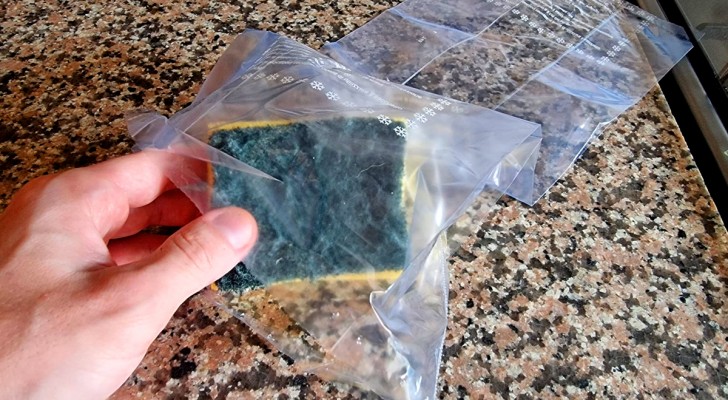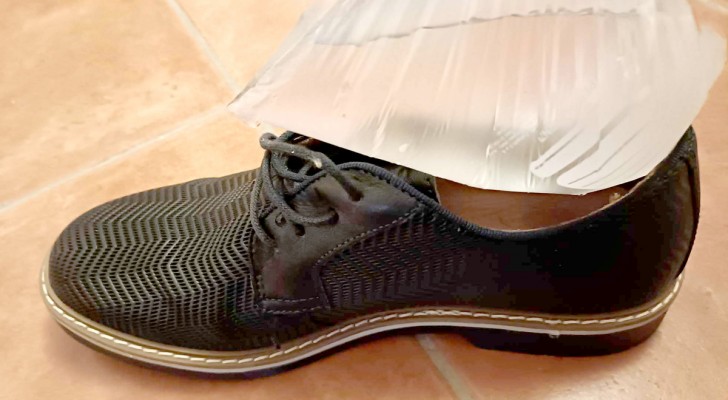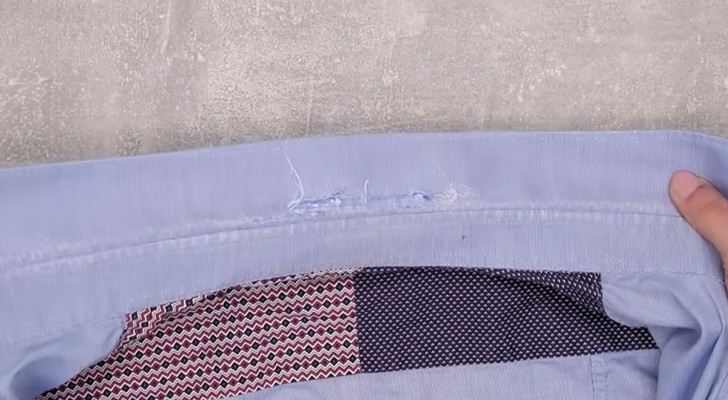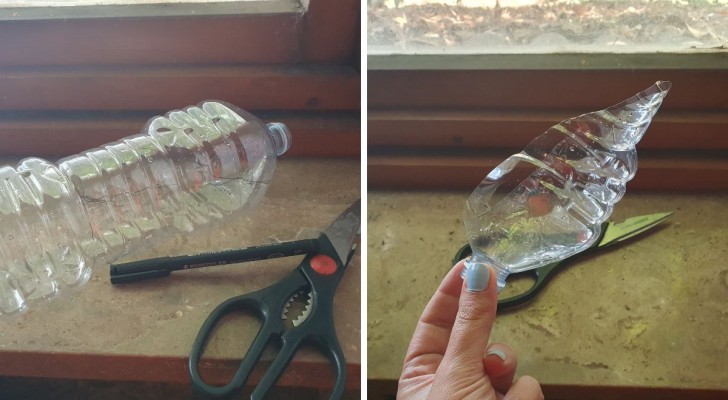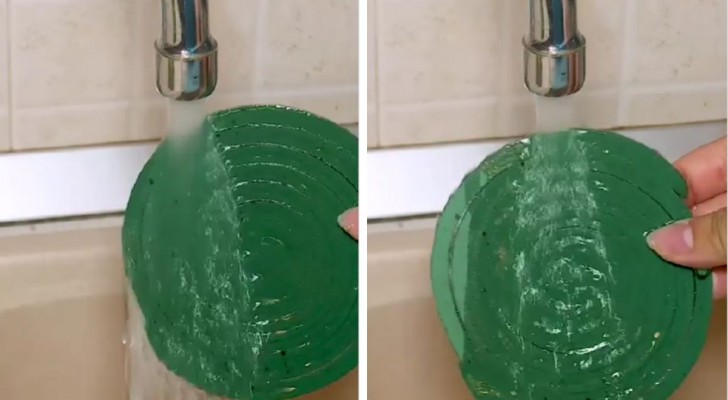How to properly bleed radiators and ensure an efficient heating system
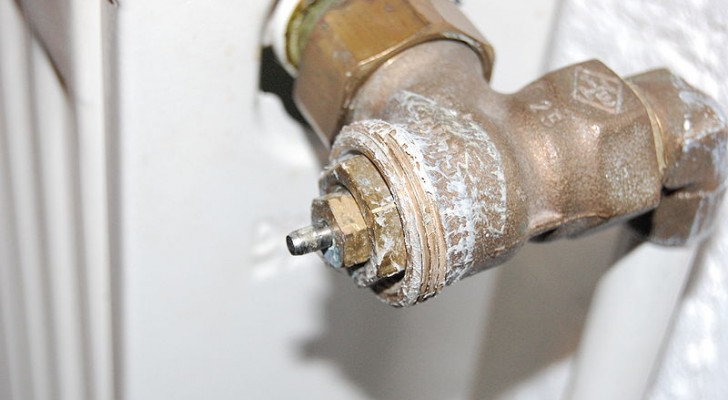
Sometimes it happens that our radiators have been on for some time, but when you place a hand against their outer wall you realize that the unit is actually cold. Or, or accurately, it is cold in some places. Other times, however, you may hear noises similar to gurgling or repeated knocking on the pipes: these are all symptoms of the presence of air bubbles in the heating system and these bubbles can reduce the efficient operation of our radiators - sometimes even causing them to stop working completely. And something similar can also happen in the pipes of the boiler or underfloor heating.
In these cases, it is therefore necessary to remember to "bleed" the valves of radiators, boilers and various heating systems, so as to let all the air out and ensure that, once the system is switched on again, heat spreads evenly throughout the systems.

Radiators
Equip yourself with a bucket or basin to collect the water that will come out of the radiator, a key to open the valves (possibly also to lubricate the valves) and a cloth to clean up or plug any leaks. After that:
- Turn off the heating system, and wait until the radiators are cold, or you risk getting burned by the steam and water that will escape. All thermostat valves must be open.
- Open the valve with the key, slowly. The valve is usually located at the top of the heaters, and has a small round hole that distinguishes it. Keep the bucket under the valve to catch any water that may escape.
- You should hear a hissing sound as soon as you open the valve - keep holding it open until water comes out. Do not open the valve too much otherwise too much water will escape.
- When some of the water has also flowed out, close the valve again without tightening it too much.
- At this point, you can turn the system back on, and you should immediately check the water pressure in the radiators, topping up if necessary.
Water heaters (boilers)
Boilers are equipped with a float to let excess air out without water loss. However, if too much air accumulates and internal pressure problems arise, the system will not work properly and you will have to release the air manually. In this case, the valve must also be opened and bled off in a similar way to that described for radiators.
Underfloor heating
Pressure problems can also occur in the pipes of these underfloor systems due to the presence of air in the pipes, which prevents the uniform radiation of heat. However, these are issues that are always best to be attended to by professionals (or by yourself only if you are sufficiently skilled in the field).

